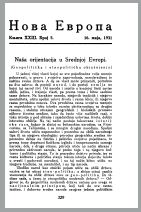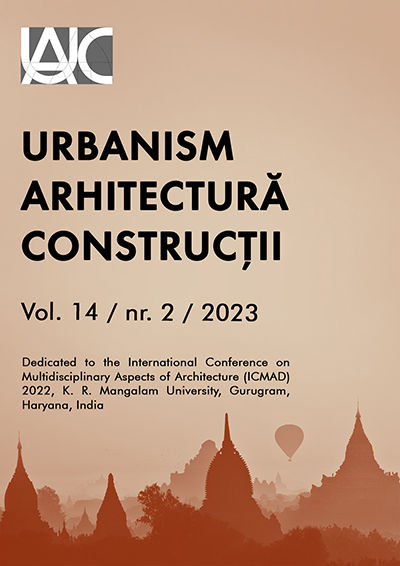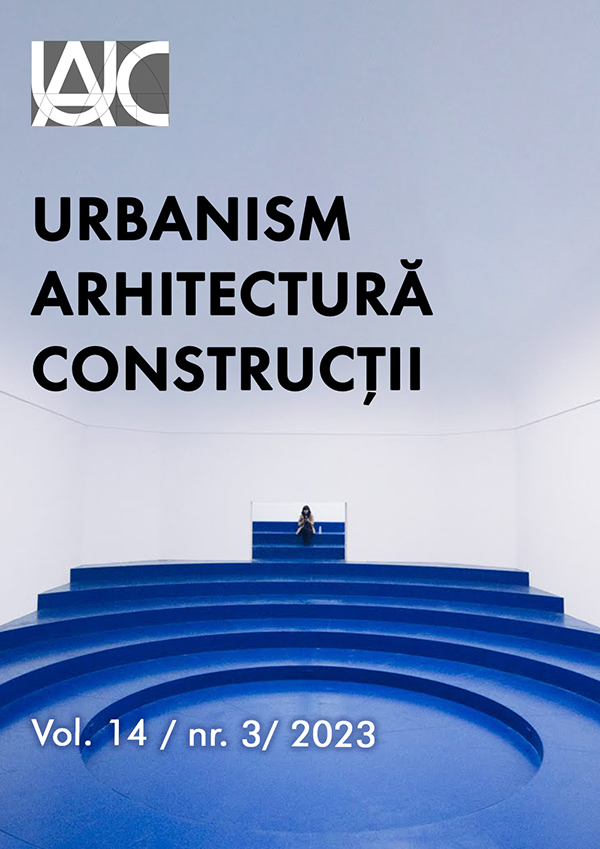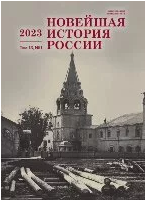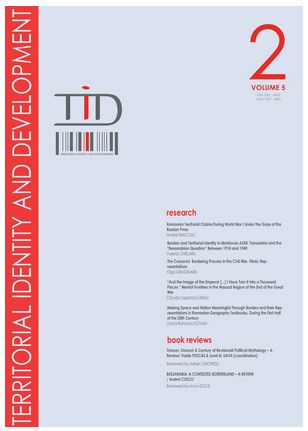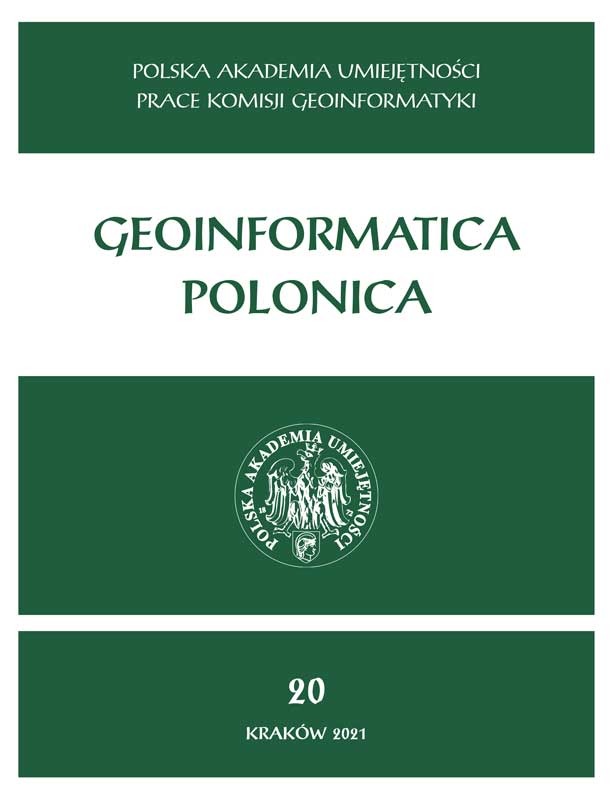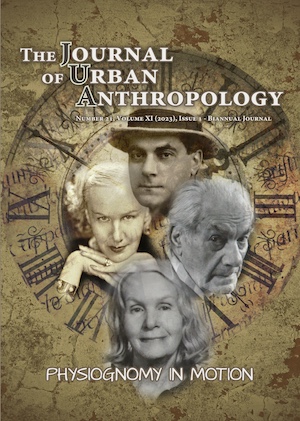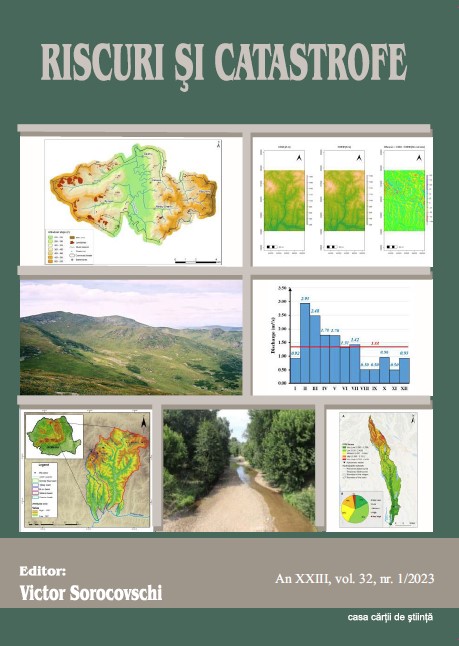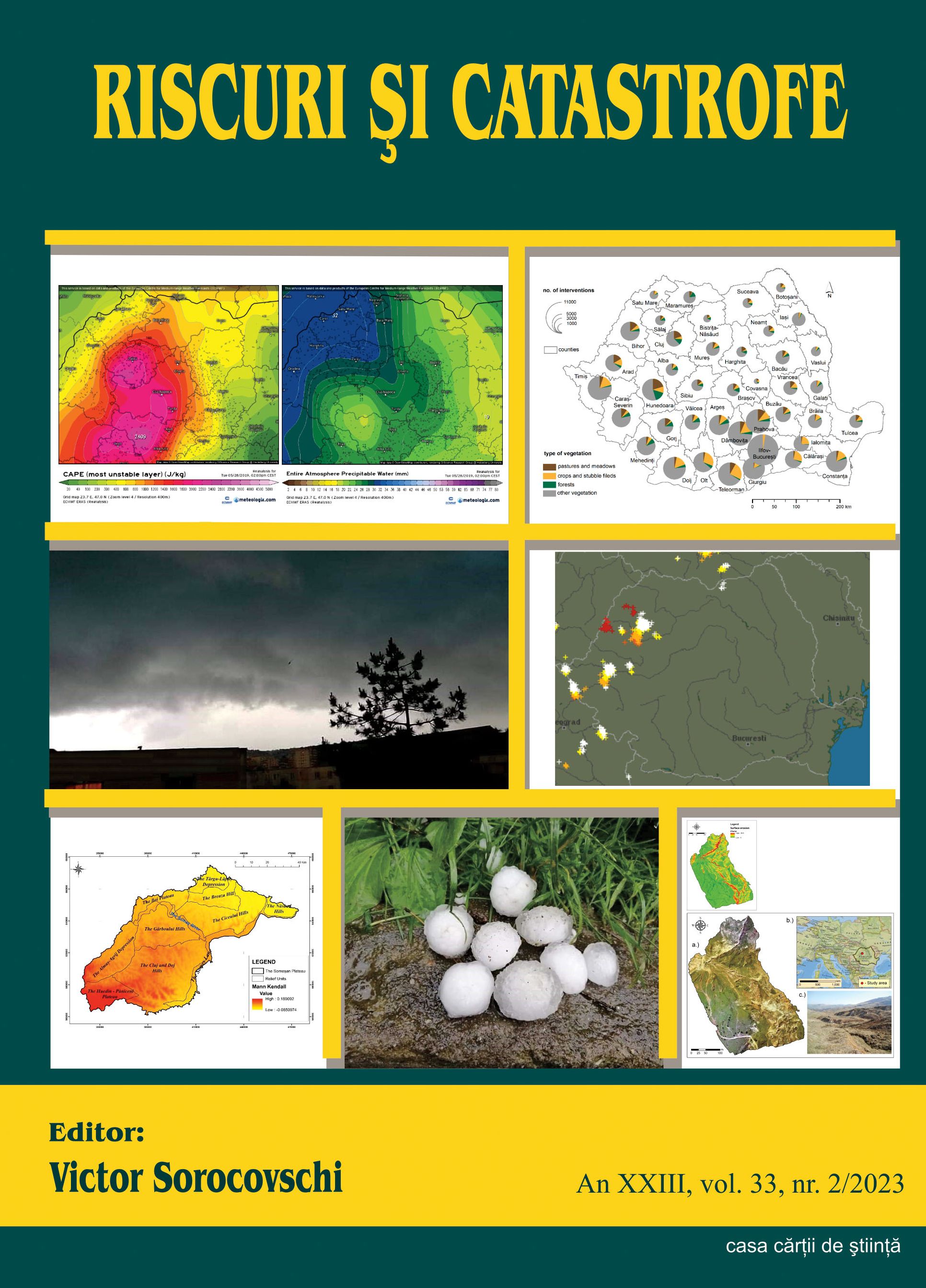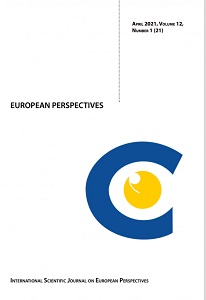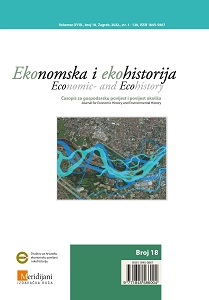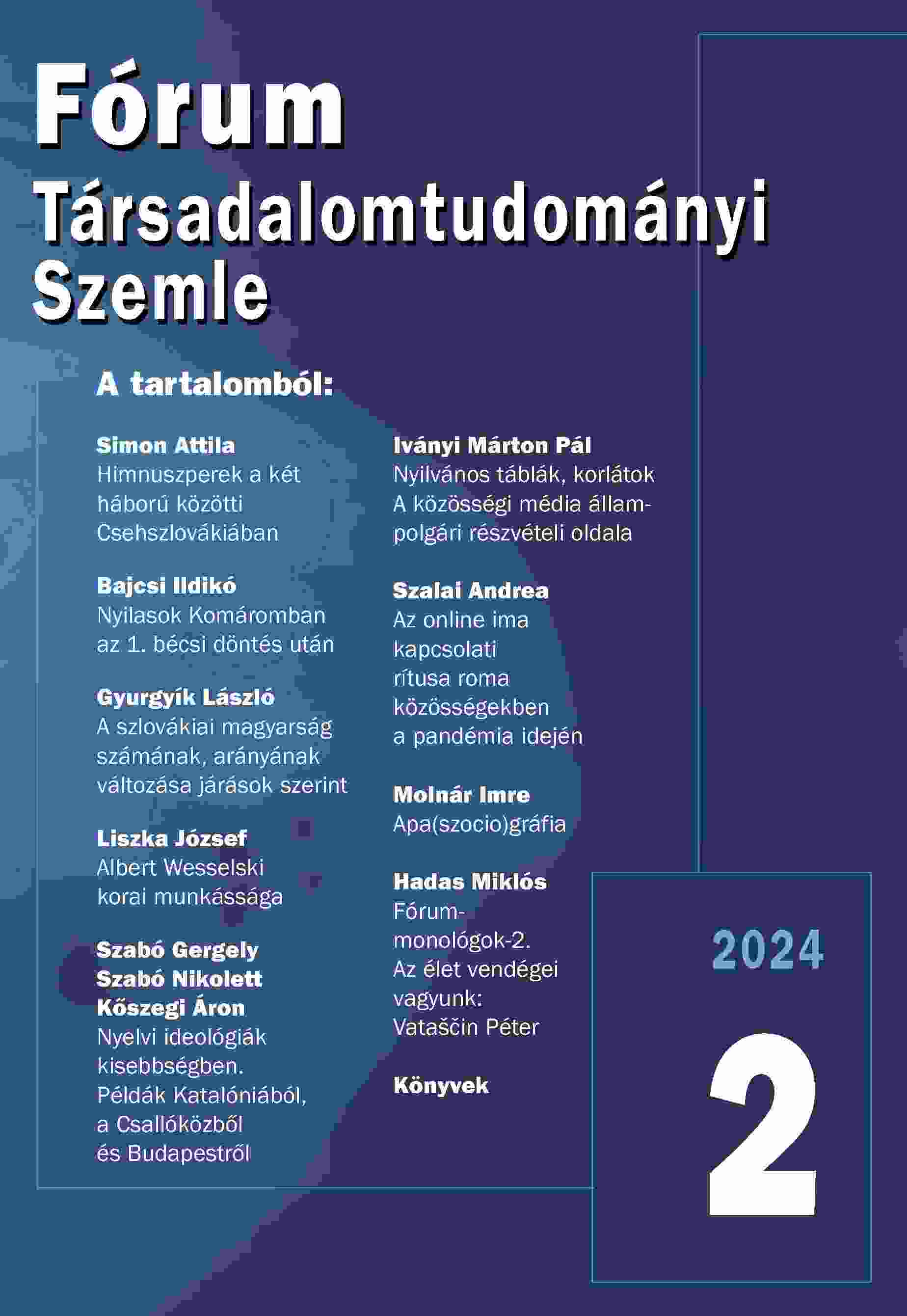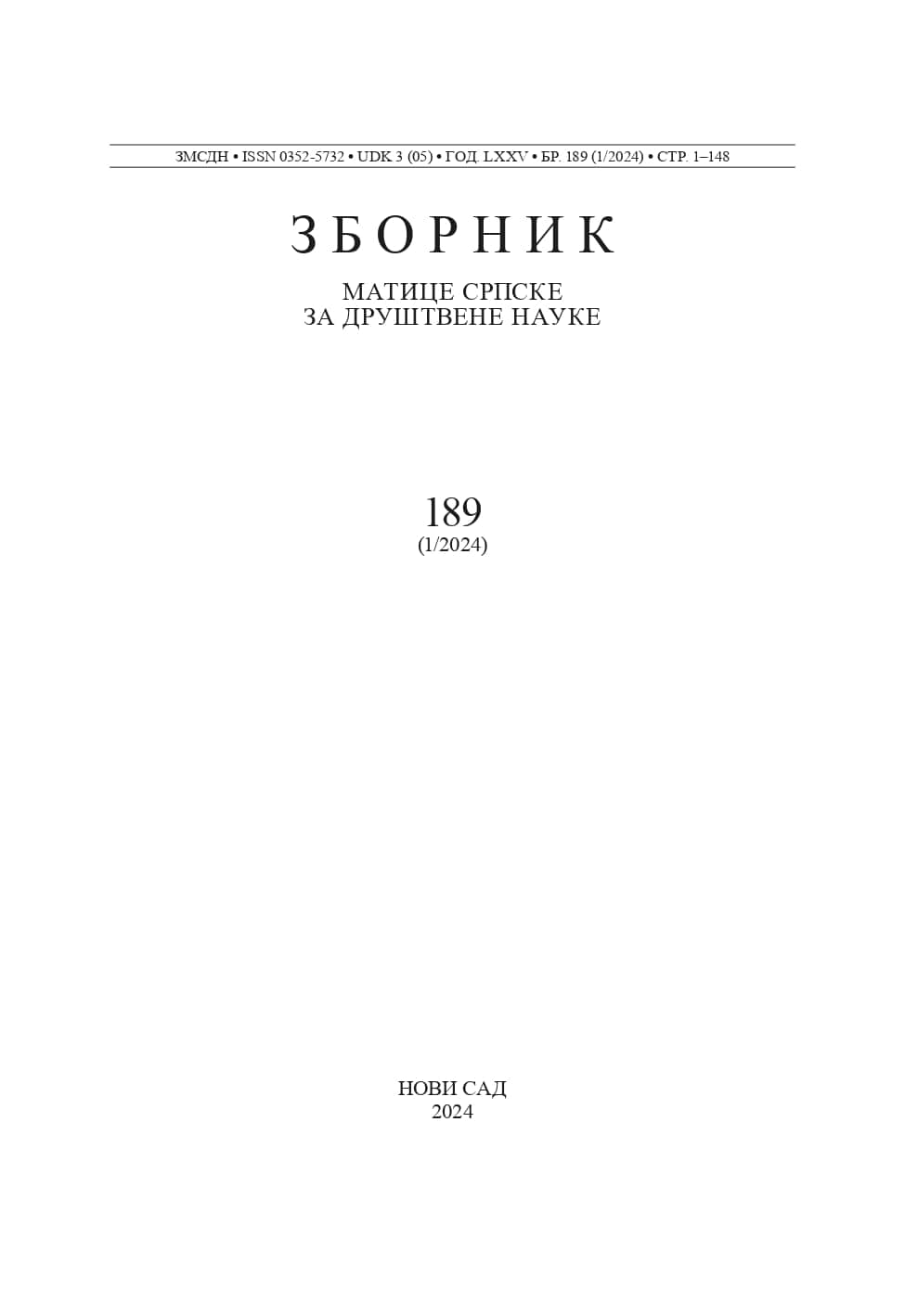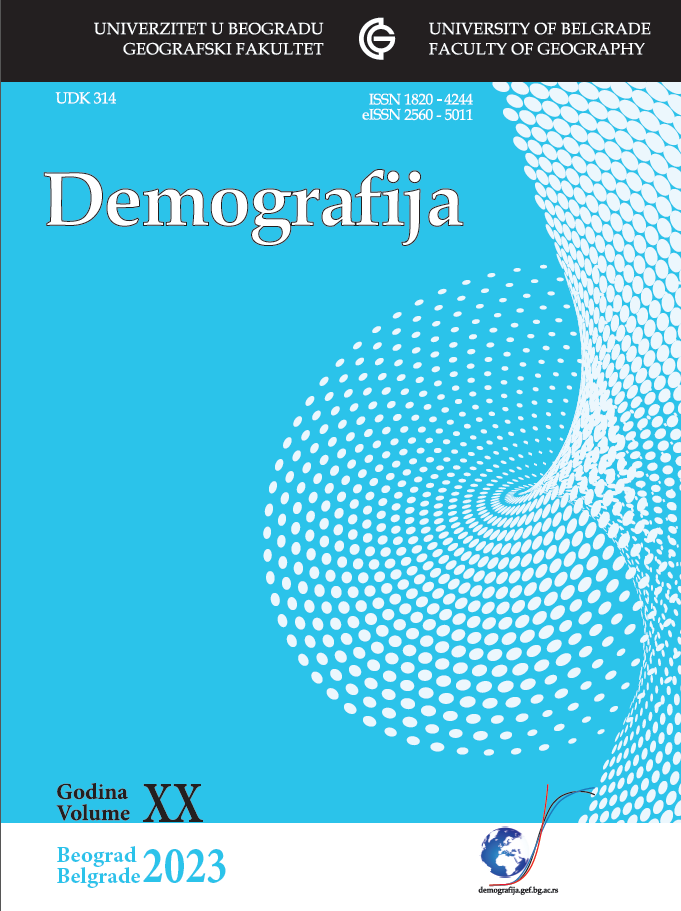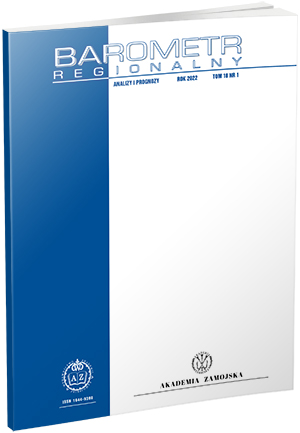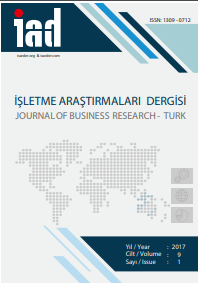
Pazarlama Aracı Olarak Yolcuların Tatil Tercihlerinin Analizinde Coğrafi Bilgi Sistemlerinin Kullanımı
Today, intense competition, technological development, creation of new business models are felt in other sectors as well as in the airline sector. In this context, it is necessary to solve the customers' wishes and anticipations in the air transport carried by billions of passengers every year, and to combine the demographic information and preferences of the customers with the marketing strategies of the airlines which are meaningful and new technology. Within this context, Geographic Information Systems, which is one of the time and cost reducing methods by providing efficiency and efficiency, can make customer analyzes by using both spatial and non-spatial data and provides visualization through maps to facilitate interpretation of data quickly and thus improve marketing strategies. It also saves time, money and resources by enabling customers to understand where their density is, where they buy, what they are willing to buy, how far they are willing to travel, and many more buying behaviors. In this study, it is aimed to analyze the profiles and preferences of airline passengers who travel for holiday by means of geographic information systems.
More...
